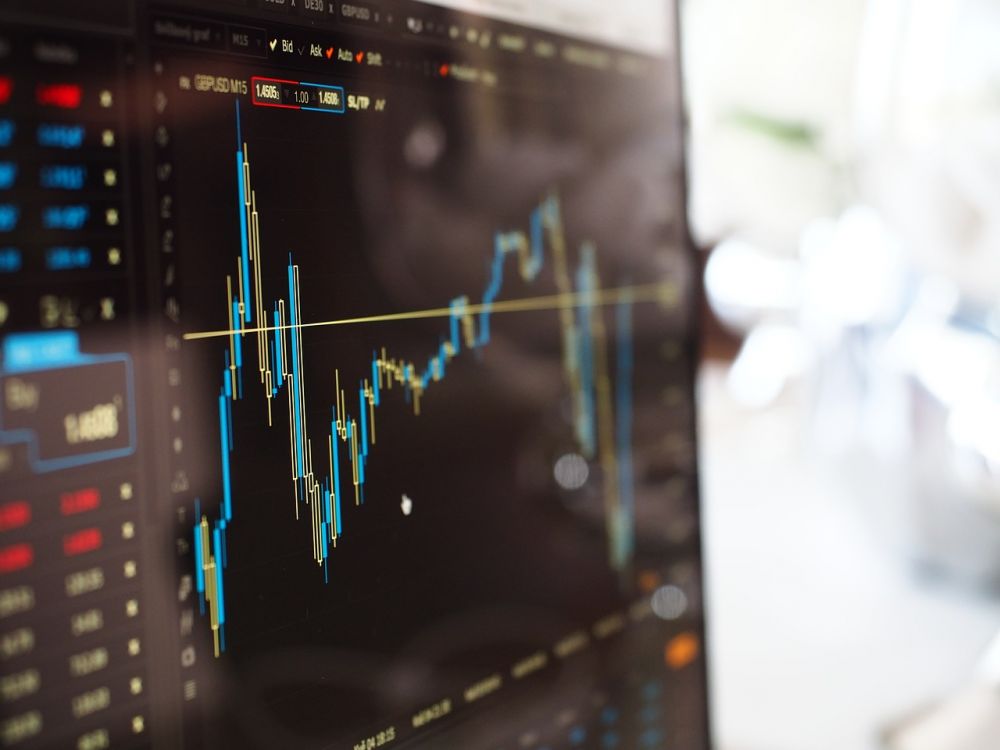Day Trading: A Comprehensive Guide to a Popular Investment Strategy

Introduction
Day trading has gained significant popularity in recent years as more individuals seek to generate substantial profits from the financial markets. This strategy involves buying and selling financial instruments within the same trading day, aiming to capitalize on short-term price movements. In this article, we will provide an in-depth overview of day trading, including its definition, different types, popularity, and quantitative measurements. Furthermore, we will discuss the variations among day traders, the historical pros and cons associated with this practice, and its potential benefits and drawbacks.
I. An In-depth Overview of Day Trading

Day trading is a speculative trading strategy that involves the buying and selling of financial instruments, such as stocks, currencies, commodities, or derivatives, within a single trading day. Unlike traditional long-term investing, day traders focus on profiting from short-term price fluctuations. They aim to leverage market volatility, taking advantage of price movements that occur within minutes, hours, or even seconds.
Day traders typically rely on technical analysis tools, such as charts, indicators, and algorithms, to identify entry and exit points for their trades. They closely monitor the markets, looking for patterns and trends that can provide profitable trading opportunities. Due to the fast-paced nature of day trading, traders need to make quick decisions and execute trades promptly to maximize their potential gains.
II. Comprehensive Presentation of Day Trading
1. Types of Day Traders
Day traders can be broadly categorized into various types, depending on their trading styles, timeframes, and level of engagement in the markets:
a. Scalpers: These traders focus on making multiple small trades throughout the day, aiming to profit from small price movements. Scalpers typically hold positions for only a few seconds to a few minutes.
b. Momentum Traders: These traders aim to profit from significant price movements caused by news announcements, market sentiment shifts, or other factors. They enter trades when an asset’s price shows strong upward or downward momentum and try to ride the wave.
c. Breakout Traders: These traders look for significant price breakouts from support or resistance levels. They capitalize on the momentum created when a price breaches these key levels, often resulting in substantial price movements.
d. Pattern Day Traders: These traders analyze chart patterns, such as triangles, wedges, or head and shoulders patterns, to identify potential trading opportunities. They aim to forecast future price movements based on historical patterns.
2. Popular Platforms and Tools
The popularity of day trading has resulted in the development of numerous trading platforms and tools tailored specifically for day traders. Some of the most popular platforms include TD Ameritrade’s thinkorswim, Interactive Brokers’ Trader Workstation, and E*TRADE’s Power E*TRADE. These platforms provide access to real-time market data, advanced charting capabilities, and order entry systems, enabling traders to make informed decisions quickly.
Additionally, day traders utilize a wide range of tools and resources to enhance their trading strategies, such as:
– Technical analysis indicators: Moving averages, relative strength index (RSI), and stochastic oscillators are commonly used indicators to identify potential entry and exit points.
– Level II quotes: These quotes provide real-time information on the bid and ask prices of a particular security, allowing traders to gauge market liquidity and order flow.
– Algorithmic trading software: Day traders may employ automated trading systems that execute trades based on predefined criteria, such as specific price levels or technical indicators.
III. Quantitative Measurements of Day Trading
When analyzing the quantitative aspects of day trading, several key metrics and performance indicators come into play. These metrics help assess the profitability and riskiness of day trading strategies:
1. Win Rate: The win rate represents the percentage of profitable trades compared to the total number of trades executed. A higher win rate indicates a more successful trading strategy.
2. Average Gain vs. Average Loss: By calculating the average gain and average loss per trade, traders can assess the risk-reward ratio of their strategies. Ideally, the average gain should be significantly larger than the average loss.
3. Return on Investment (ROI): ROI measures the profitability of day trading by comparing the net profit to the total capital invested. A positive ROI indicates profitable trading, while a negative ROI suggests losses.
4. Sharpe Ratio: The Sharpe ratio evaluates the risk-adjusted return by considering the volatility of returns. Higher Sharpe ratios indicate better risk-adjusted performance.
5. Maximum Drawdown: This metric measures the largest peak-to-trough decline in a trader’s account equity. A smaller maximum drawdown indicates better risk management.
IV. Distinctions Among Day Traders
Day traders vary in their approach, risk appetite, and trading capital. Here are some key distinctions among different types of day traders:
1. Full-time vs. Part-time Traders: While some day traders dedicate their entire workday to trading activities, others may engage in day trading as a part-time endeavor alongside their regular jobs.
2. Retail Traders vs. Professional Traders: Retail day traders are individual investors who engage in day trading for personal gain. On the other hand, professional day traders work for financial institutions, hedge funds, or proprietary trading firms.
3. Risk Profiles: Day traders differ in their risk tolerance levels. Some may adopt aggressive trading strategies, willing to take higher risks for potentially greater rewards, while others prioritize capital preservation and adopt more conservative approaches.
V. Historical Pros and Cons of Day Trading
Day trading has its advantages and disadvantages, which have evolved over time:
1. Advantages:
a. Potential for High Profits: Successful day traders can generate substantial profits by capitalizing on short-term price movements, often exceeding the returns earned through conventional long-term investing.
b. Flexibility and Independence: Day traders have the freedom to work from anywhere with an internet connection, offering flexibility and independence in their trading endeavors.
2. Disadvantages:
a. High Risk and Volatility: Day trading involves significant risk due to the fast-paced nature of trading and market volatility. Rapid price movements can result in substantial losses if trades are not executed effectively.
b. Emotional Stress and Psychological Pressure: Day traders need to handle pressure and emotional stress associated with making quick decisions and managing potential losses. Successful day trading requires discipline, self-control, and the ability to manage emotions effectively.
In conclusion, day trading offers individuals the potential to profit from short-term price movements in the financial markets. With a wide range of trading styles, tools, and platforms available, day traders are able to employ various strategies to achieve their financial goals. However, it is crucial for aspiring day traders to understand the risks involved and to develop a solid trading plan to maximize their chances of success.
Note: This article provides general information and should not be considered as financial advice. It is always recommended to consult with a professional financial advisor before engaging in day trading or any investment strategy.
FAQ
What are the advantages and disadvantages of day trading?
What are the different types of day traders?
What is day trading?
Fler nyheter
Redovisningsbyrå i Huddinge – vikten av professionell ekonomihantering
Introduction Day trading has gained significant popularity in recent years as more individuals seek to generate substantial profits from the financial markets. This strategy involves buying and selling financial instruments within the same trading da...
Maja Bergman Lindberg
22 april 2024
Allt du behöver veta om sjukskrivning
Introduction Day trading has gained significant popularity in recent years as more individuals seek to generate substantial profits from the financial markets. This strategy involves buying and selling financial instruments within the same trading da...
Maja Bergman Lindberg
08 april 2024
Vad gör en lönekonsult
Introduction Day trading has gained significant popularity in recent years as more individuals seek to generate substantial profits from the financial markets. This strategy involves buying and selling financial instruments within the same trading da...
Veronica Urena
01 februari 2024
Sälja silver: En gyllene möjlighet
Introduction Day trading has gained significant popularity in recent years as more individuals seek to generate substantial profits from the financial markets. This strategy involves buying and selling financial instruments within the same trading da...
Alice Pettersson
19 januari 2024











